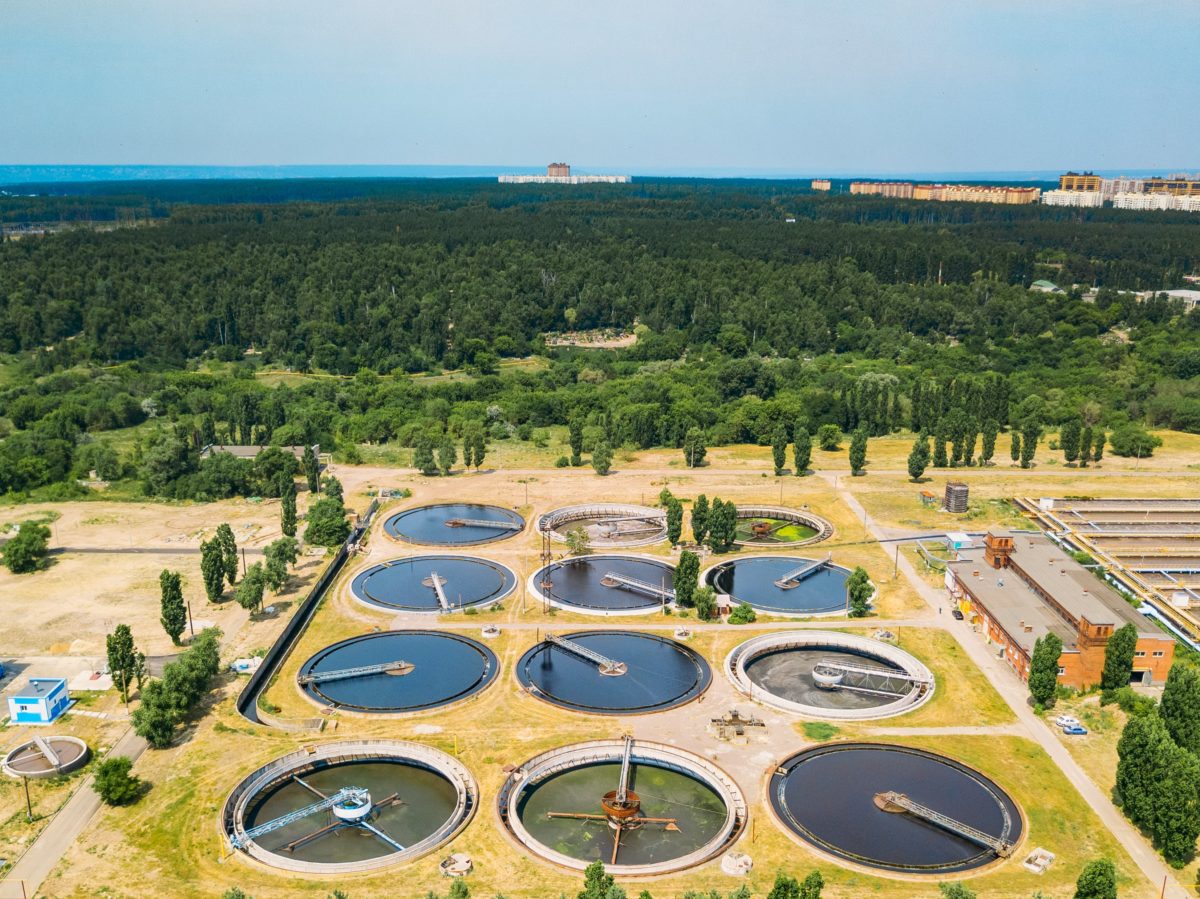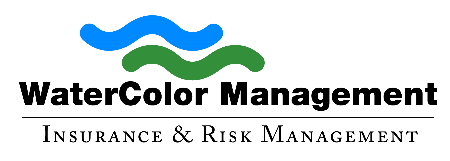
Sewage contains all sorts of biological enemies that can make humans miserable. For companies in the sewage and water treatment industry – businesses such as sewer and septic installation, maintenance and supply, portable toilets, wastewater remediation, and testing – this means constant vigilance to prevent bacterial illnesses in workers.
What are the hazards in wastewater treatment?
According to the Center for Construction Research and Training, several biological threats may reside in wastewater and sewage:
- Bacteria. These include E. coli, salmonella, Legionella, shigellosis and in some cases even cholera and typhoid fever.
- Viruses such as hepatitis.
- Fungi. These include aspergillus and can grow in compost.
- Parasites. Giardia and roundworm are a couple of examples.
Usually, these perils come from direct contact with contaminated water, but in many sewage treatment plants, tanks are open and microbiological nuisances can be dispersed through the air. Sometimes an affected worker experiences short-term discomforts such as diarrhea, vomiting, fever, and weakness. In some situations, however, particularly with chronic exposure, there can be long-term and costly health consequences, including lung and intestinal diseases as well as worsening of asthma.
Limiting the risk
Education and training for wastewater and sewage workers are vital. They need to understand the hazards and how to mitigate them. Practices such as hand washing, wearing gloves, not touching the face and segregating work clothing from off-duty clothing are vital in preventing illness. Also, workers must report symptoms rather than shrugging them off, and let their personal doctors know they work around hazardous water.
Employers need to provide and emphasize the use of appropriate personal protective equipment. At the very least this includes waterproof gloves, but, depending on the task and environment, can include waterproof boots, goggles, face shields, water-resistant suits, and even respirators.
There should be safe and clean areas to wash hands, take breaks and eat. In some cases, a facility to launder work clothing may be appropriate.
In large facilities rotating workers through different areas on the grounds can minimize exposure. Also, proper ventilation in confined areas is critical.
All workers must have current vaccinations for typhoid fever and diphtheria.
Taking the next step
No matter how great the level of caution, it’s impossible to eliminate every eventuality. That’s why it’s important to offset the risk with insurance. WaterColor Management has been the leader in wastewater operations insurance since 1986. They underwrite solely in the water and water treatment industry and have expertise not found in the general market. Watercolor Management partners with leading insurance carriers make certain that at-risk companies have not only bacteria insurance but all of the industry-specific coverage they need.
About Watercolor Management
WaterColor Management has insured the water industry for over 30 years. Our policies include unlimited defense cost coverage in the event of a lawsuit against you. Call us at (256) 260-0412 or email info@watercolormanagement.com for a quick quote for your Water Business Professional, Products/Completed operations, Pollution and General Liability Insurance.




